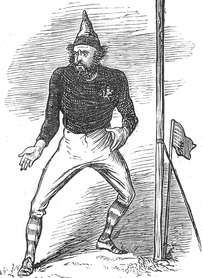
You can read more about the players in my book, First Elevens, which puts right many of the myths which have grown up around them. Did you know that as many of them were born in Aberdeen as in Glasgow (three in each)? It's a common complaint of mine, but don't believe a word you read about them on Wikipedia.
- Robert Gardner: pushy and opinionated, yet utterly dedicated to football, he stormed out of Queen's Park in 1874 to join nearby rivals Clydesdale. Elected president of the Scottish FA in 1877, he died in 1887 while working on the Forth Bridge project.
- William Ker: son of a famous physicist (look up the Kerr Effect), he emigrated a year after the international and married a cousin of telephone inventor Alexander Graham Bell.
- Joseph Taylor: a talented athlete from Dunoon, he became a Queen's Park stalwart and was club president, but left a widow and four sons when he died of tuberculosis in 1888.
- James John Thomson: born in Annan, he captained Queen's Park to victory in the first Scottish Cup of 1874, but then went south and made a fortune in the meat industry.
- James Smith: older brother of Robert, son of the Earl of Fife's head gardener, and founder of Queen's Park, he had moved to London in 1871. Died young of a stroke in 1876.
- Robert Smith: educated at Fordyce Academy, he was also working in London and would soon emigrate to America where he became a prominent politician and newspaper proprietor in Wyoming.
- James Biggar Weir: a joiner to trade, he was a Queen's Park regular for a decade before emigrating to Australia, where he died at a remote outback camp. His middle name is often quoted as 'Begg' but Biggar is correct.
- Robert Leckie: a farmer's son from Killearn, he had a short football career before emigrating to South Africa, where he died in 1886.
- Alexander Rhind: the man from Aberdeen had only a brief stay in Glasgow, and a year after winning his cap had returned north. Worked in the drapery business and had ten children.
- William Muir Mackinnon: won nine Scotland caps and three Scottish Cup winners' medals, but his first love was music and when he died aged 90 his obituary was entitled 'Veteran Glasgow Musician'.
- David Wotherspoon: best friend of Robert Gardner (he was a witness at his wedding), he also made the move to Clydesdale in 1874 after serving on the Queen's Park committee for five years. Did well in the metal trade and died in 1906.
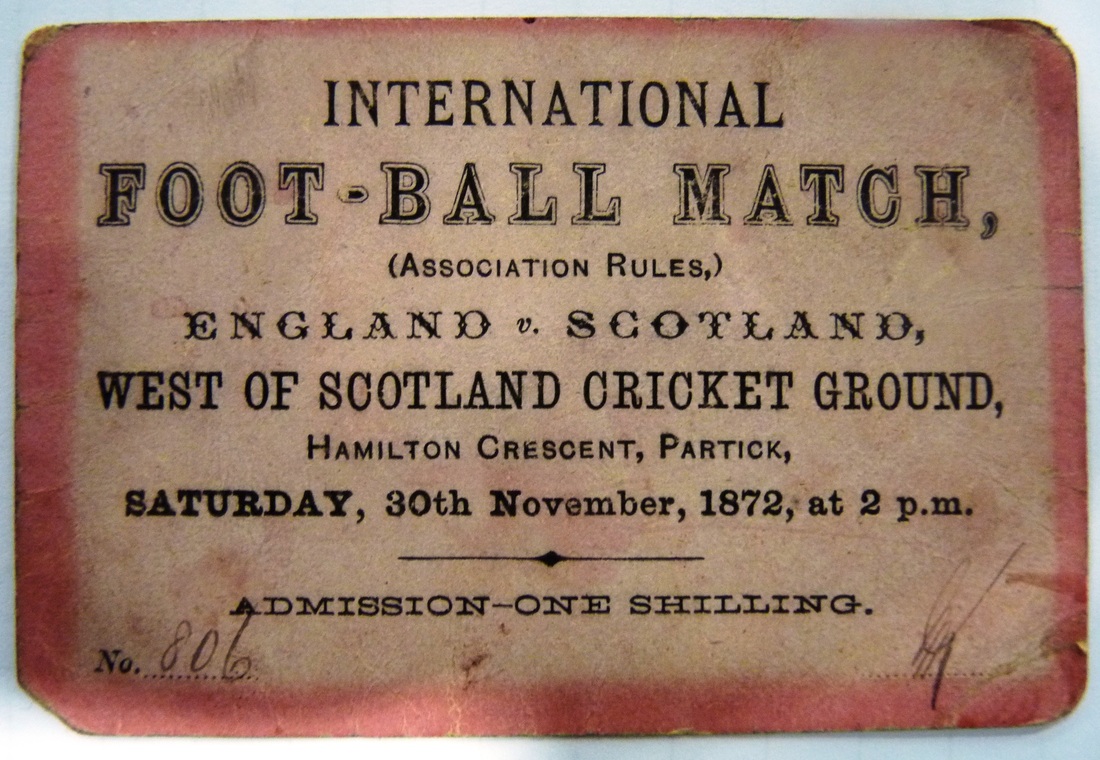
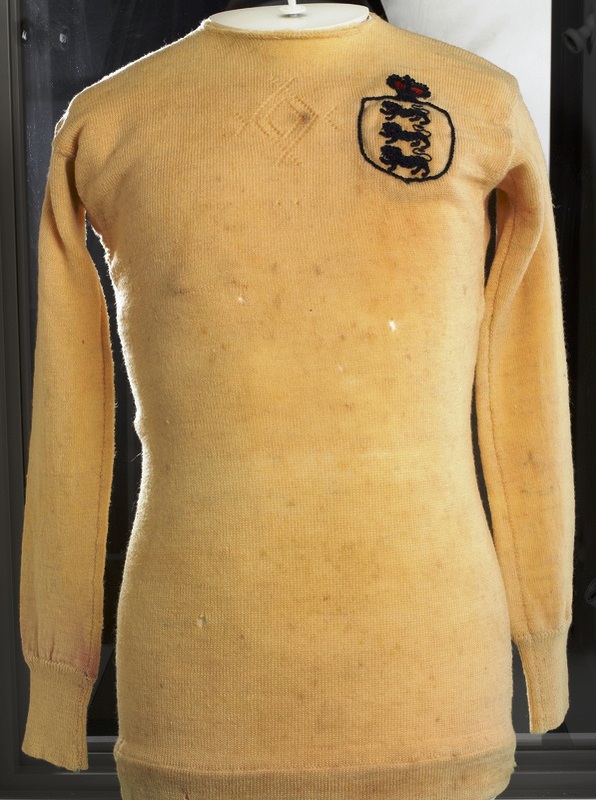
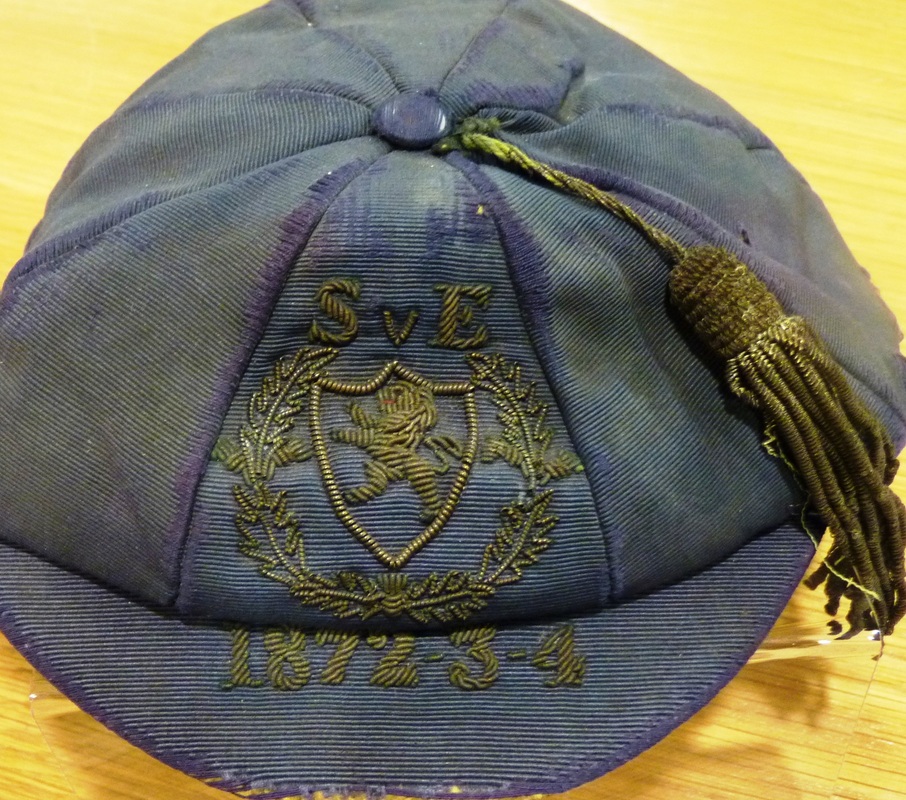
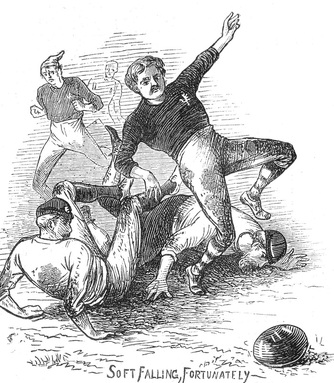
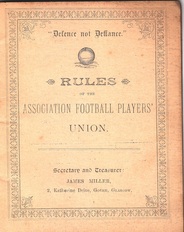
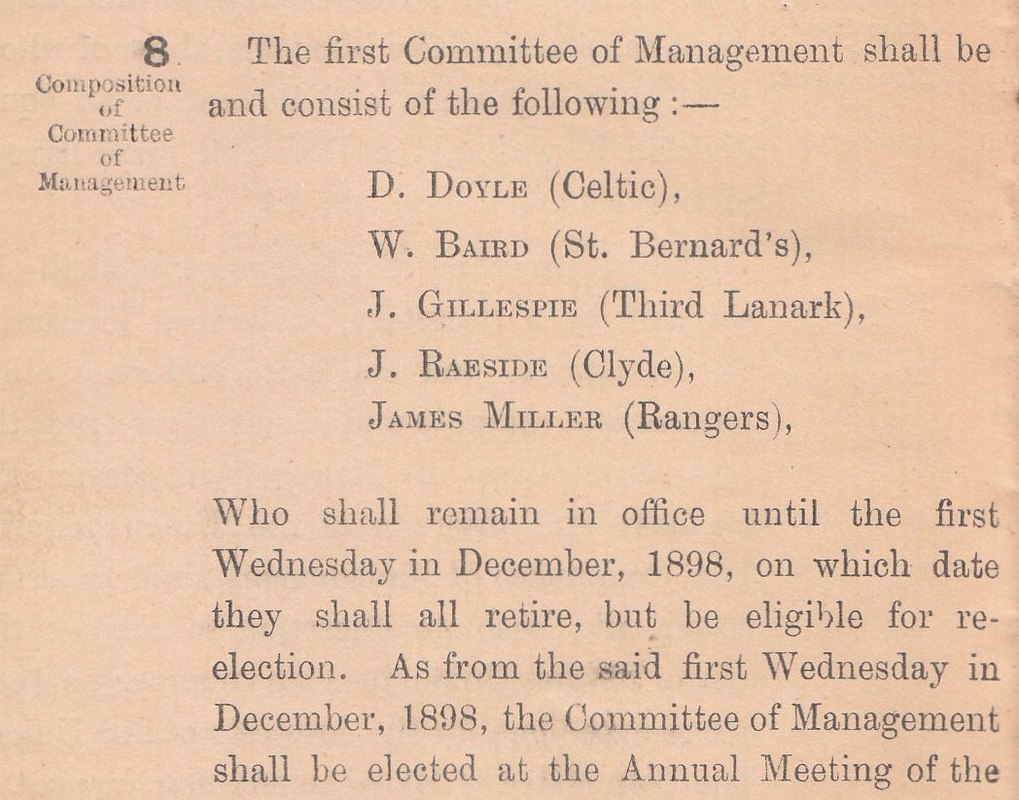
 RSS Feed
RSS Feed